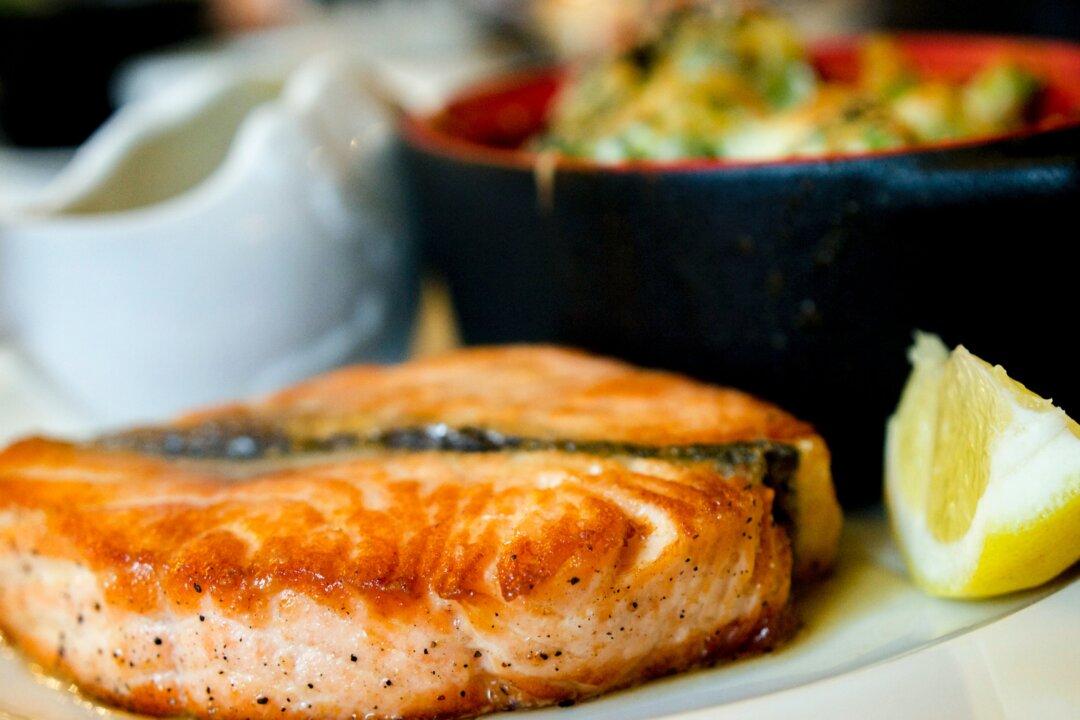New research reveals that eating oily fish like wild salmon once or twice a week may increase your lifespan.
A 16-year study of American seniors in their 70s showed that those who ate this food were 27% less likely to die of any cause, 40% less likely to die of coronary heart disease and 48% less likely to die of arrhythmia. But watch out for the mistake that could undo these benefits.
STORY AT-A-GLANCE
- Research suggests that eating oily fish once or twice a week may increase your lifespan by more than two years, and reduce your risk of dying from cardiovascular disease by 35%
- Compared to those in the lowest percentiles, those with omega-3 blood levels in the highest 20% were 27% less likely to die of any cause; 40% less likely to die of coronary heart disease, and 48% less likely to die of an arrhythmia
- If you want to maximize health benefits from fish, steer clear of farmed fish, particularly farmed salmon, and even more specifically, genetically engineered farmed salmon, which may end up being approved within the next two years — especially if you’re seeking to improve your omega-3 to omega-6 ratio
- The ratio of omega-3 to omega-6 fat of wild salmon is far superior to farmed. Whereas farmed salmon has a 1-to-1 ratio of omega-3s and omega-6s (due to its “junk food” diet), the ratio for wild sockeye salmon is between 6- and 9-to-1, which is a more ideal ratio
- Avoid Atlantic salmon, as salmon labeled “Atlantic Salmon” typically comes from fish farms. Look for “Alaskan salmon,” and “sockeye salmon,” as Alaskan sockeye is not allowed to be farmed and is therefore bound to be wild
Dr. Joseph Mercola is the founder of Mercola.com. An osteopathic physician, best-selling author, and recipient of multiple awards in the field of natural health, his primary vision is to change the modern health paradigm by providing people with a valuable resource to help them take control of their health.
Author’s Selected Articles






